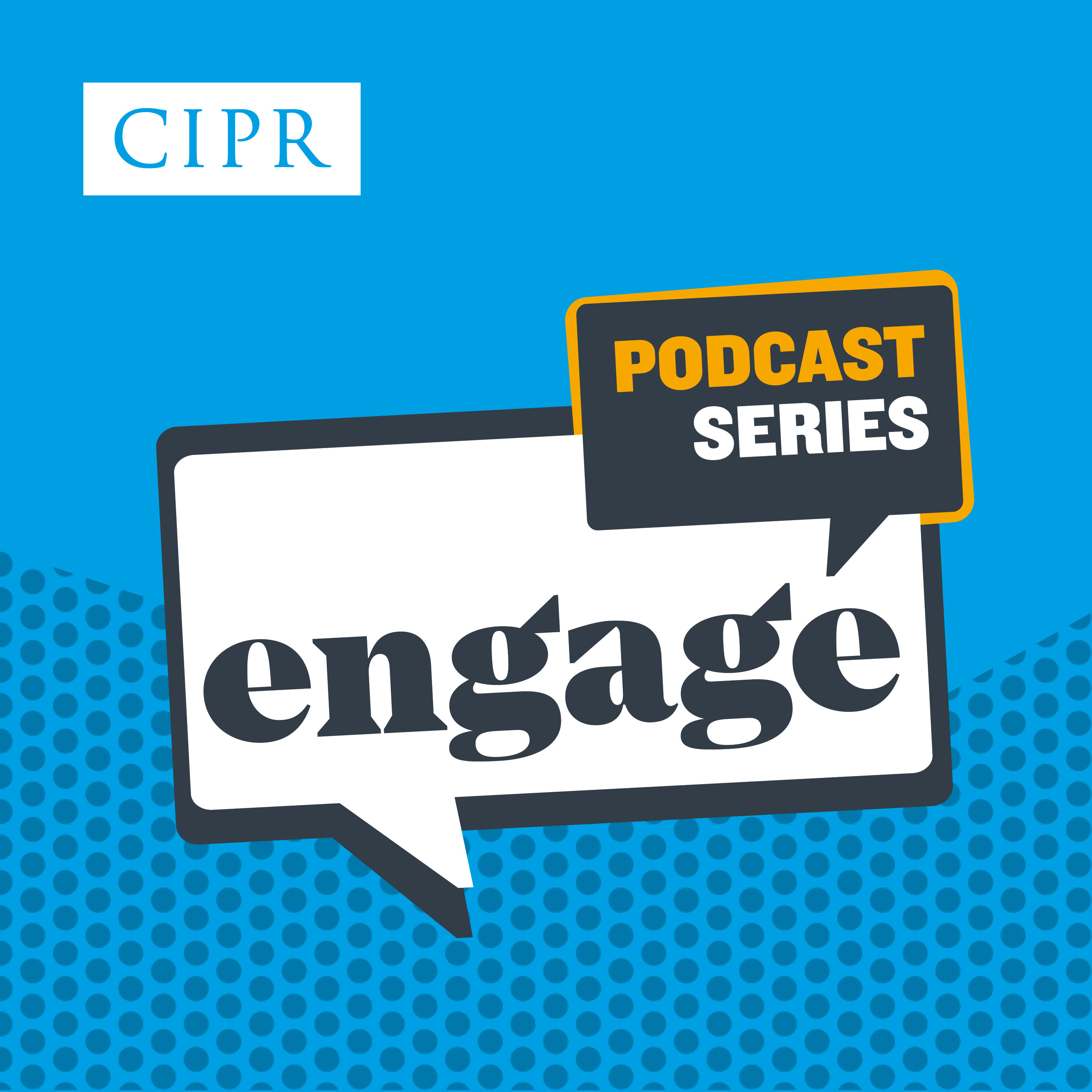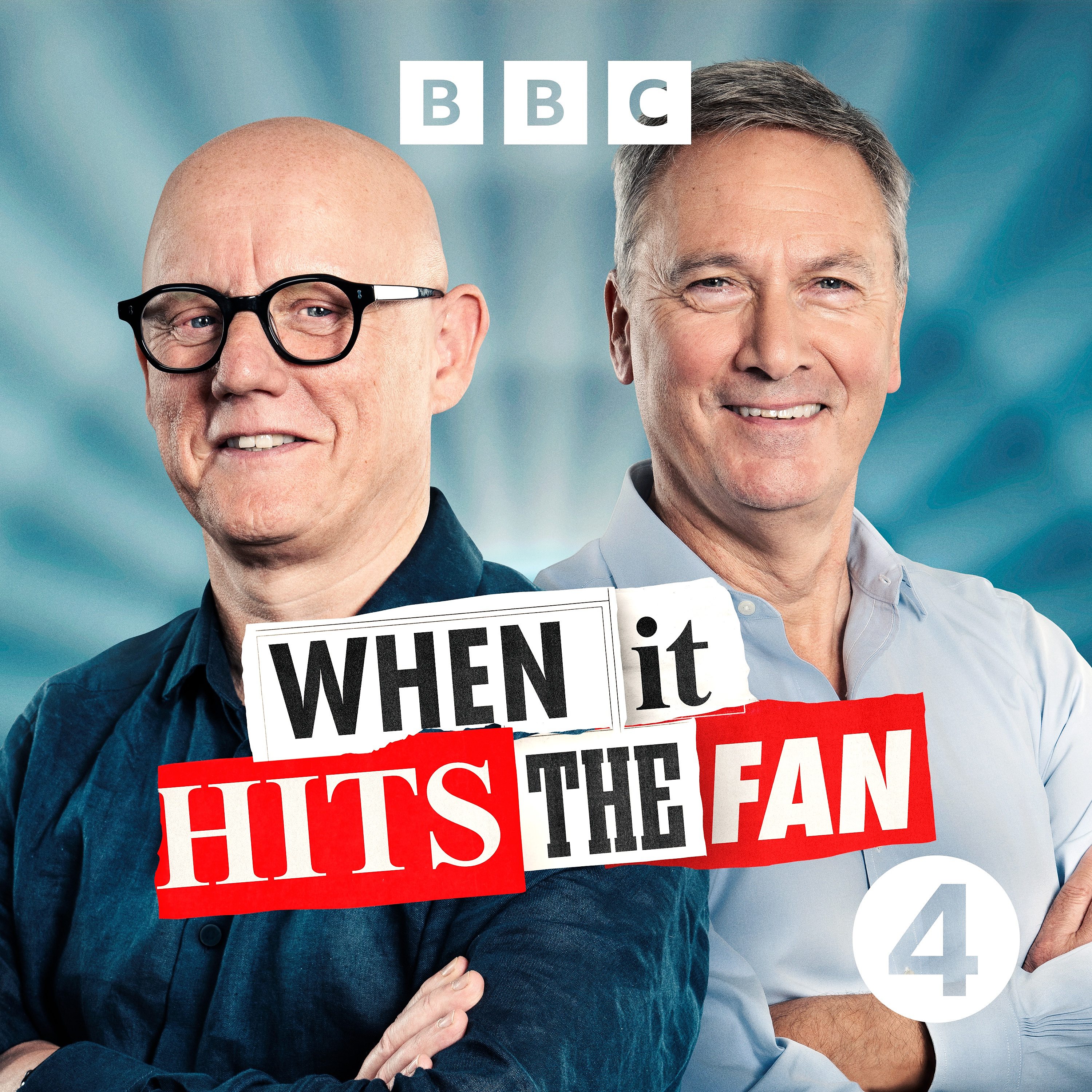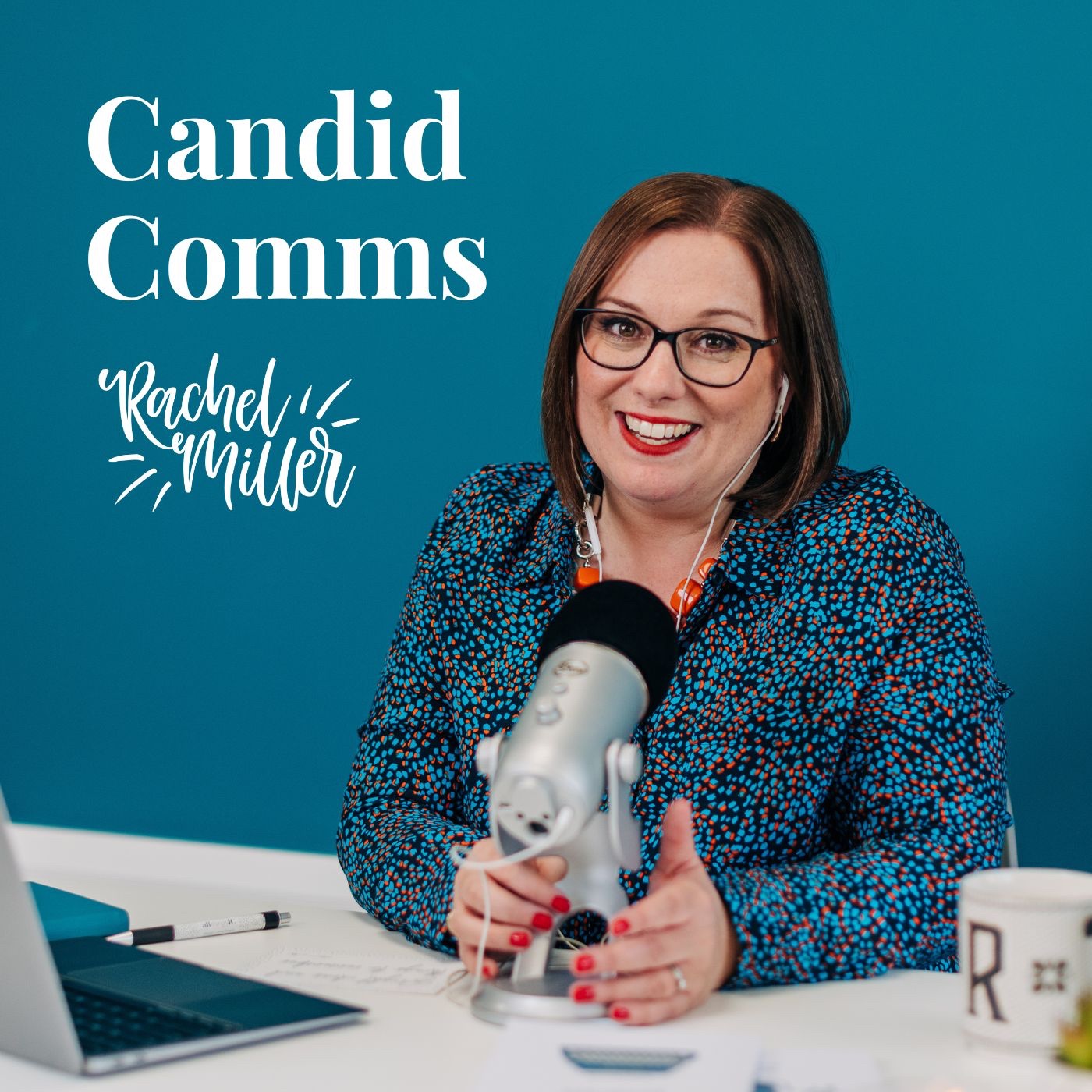
Bite Size Comms
Bite Size Comms is a weekly podcast that will give you a perspective on an aspect of public relations and communications practice. Bite size as they are short opinion pieces on topical issues. The episodes are sometimes contentious, sometimes funny, and they all aim to provoke thought.
Thanks for listening.
Bite Size Comms
Podcasts
Podcasts in the UK have become a mainstream media format. We use up-to-date research to look at the reach of podcasts in the UK, benchmarks to determine how well a podcast is performing, the equipment and software needed to podcast, length of episode and format.
Podcasts
Podcasts in the UK have become a mainstream media format. In 2024, Edison’s Infinite Dial report showed that 42% of the UK population aged 18+ listened to podcasts monthly. That’s 22.4 million adults. 30% listened to podcasts weekly. RAJAR data shows that 77% of podcast listeners in the UK enjoy between one and three episodes per week. People (especially men) aged 25-34 comprise the core podcasting audience, with 35-54-year-olds and under 25-year-olds just behind. The figures do almost halve for 55 years+ listeners, although you may view this demographic as an untapped audience!
The research shows that podcasts have become a trusted medium for content and communications.
Many organisations and individuals produce podcasts regularly. How are they performing? Here is a January 2025 benchmark based on downloads per episode within the first seven days (the standard metric for podcasts):
Top 1% of podcasts > 4,707
Top 5% of podcasts > 1,101
Top 10% of podcasts > 462
Top 25% of podcasts > 109
Top 50% of podcasts > 28.
I can see that my podcast, ‘An Englishman in Latvia,’ is among the top 25% of podcasts.
What are the most popular apps for listening to podcasts? Spotify is in first place with 37%, and Apple podcasts are in second place with 33%. It is, of course, a personal choice. I love Pocket Casts, which is only 1.2%, but still above Amazon Music! As podcasters will know from day one, the apps are only listening platforms. You need a podcast host. I use BuzzSprout as it suits my needs for ‘An Englishman in Latvia’ and ‘Bite Size Comms’. There are many more, all with slightly different free and paid offerings. Once your podcasts are hosted, you can automatically list them on Spotify, Apple Podcasts and other apps.
The traditional format for podcasts was an interview. The Podcast Host asked 1,500 podcasters what format they would use in 2025. 43% said solo show (yay! That’s mine!), 29% interviews, 23% co-hosted and 5% roundtable.
Using the built-in microphone and recording software, you could record a podcast on your phone or laptop. It wouldn’t sound great, though. A plugin dynamic USB mic is the most popular extra piece of equipment. Although Blue Yeti is the most popular, I prefer my Shure MV7 mic. Only 11% of podcasters record and publish the full episode using video, according to the IndiePod Census 2023. You will also need software to record and edit the podcast. Audacity is the most popular (17% of podcasters use it to record, and 24% use it to edit). I use Hindenburg Pro, originally an audio journalists tool, having first experimented with Apple Garageband.
According to BuzzSprout data, the most common podcast length is between 20 and 40 minutes (30%), although sub-10-minute podcasts are slowly climbing in popularity (at 20% in January 2025). The most common podcast publishing frequency is fortnightly (39%), then weekly (34%).
Podcasting does take time to research, record, edit and publish. However, as a newer mainstream media, organisations can effectively use podcasting for thought leadership, issue exploration or explanation, or product promotion.
[Image: Photo by Jukka Aalho on Unsplash]





